Rising Energy Costs
The increasing costs of traditional energy sources are driving the solar street-lighting market. As utility rates continue to rise, municipalities and private entities are seeking cost-effective alternatives. Solar street lighting offers a sustainable solution that reduces reliance on grid electricity, potentially saving up to 80% on energy costs. This shift is particularly relevant in urban areas where energy consumption is high. The solar street-lighting market is likely to benefit from this trend, as more cities look to invest in renewable energy solutions to mitigate rising expenses. Furthermore, the long-term savings associated with solar installations can lead to lower operational costs, making it an attractive option for budget-conscious local governments.
Public Safety Concerns
Public safety remains a critical driver for the solar street-lighting market. Well-lit streets are essential for reducing crime rates and enhancing community safety. As cities grapple with safety issues, the demand for effective lighting solutions is increasing. Solar street lighting provides a reliable and sustainable option that can be deployed in areas lacking grid access. The solar street-lighting market is likely to see growth as local governments prioritize investments in lighting to improve public safety. Moreover, the ability to install solar lights in remote or underserved areas can significantly enhance visibility and security, making communities safer and more inviting.
Environmental Regulations
Stringent environmental regulations are increasingly influencing the solar street-lighting market. As cities strive to meet sustainability goals, they are adopting cleaner technologies to reduce carbon footprints. The solar street-lighting market is positioned to thrive under these conditions, as solar solutions align with regulatory frameworks aimed at promoting renewable energy. For instance, many states have implemented laws that encourage the use of solar energy in public infrastructure. This regulatory push not only fosters innovation but also incentivizes municipalities to transition from conventional lighting to solar alternatives. The market could see a significant uptick in demand as compliance with environmental standards becomes a priority for local governments.
Technological Innovations
Advancements in solar technology are propelling the solar street-lighting market forward. Innovations such as improved solar panels, energy-efficient LED lights, and smart lighting systems are enhancing the performance and reliability of solar street lights. The solar street-lighting market is experiencing a surge in demand for these advanced solutions, which offer longer lifespans and better energy management. For example, the integration of IoT technology allows for remote monitoring and control, optimizing energy use and maintenance schedules. As these technologies become more accessible, municipalities are likely to invest in solar street lighting to enhance urban infrastructure while reducing energy consumption.
Community Engagement and Support
Community engagement plays a pivotal role in the solar street-lighting market. As residents become more aware of the benefits of renewable energy, there is a growing demand for solar solutions in public spaces. Local governments are increasingly involving communities in decision-making processes regarding infrastructure projects, including solar street lighting. This trend fosters a sense of ownership and support for solar initiatives, which can lead to successful project implementation. The solar street-lighting market is likely to benefit from this grassroots support, as engaged communities advocate for sustainable practices and push for the adoption of solar technologies in their neighborhoods.


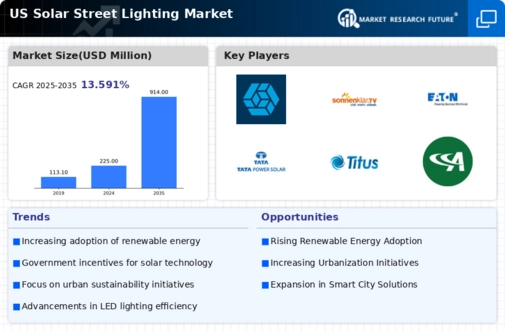
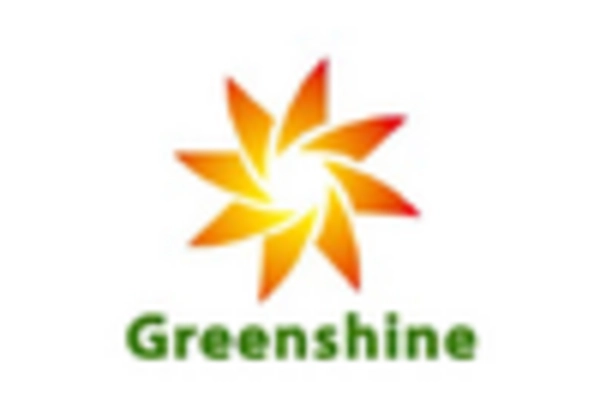
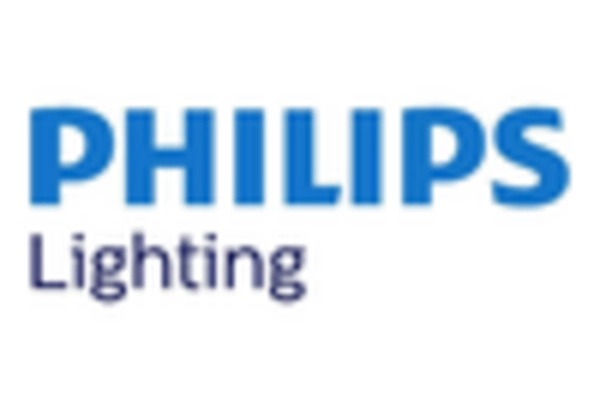
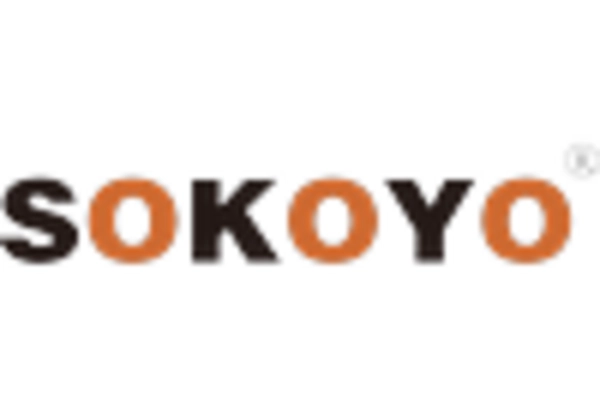


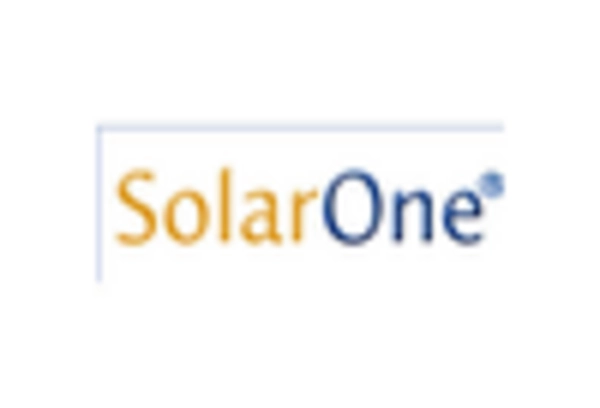








Leave a Comment